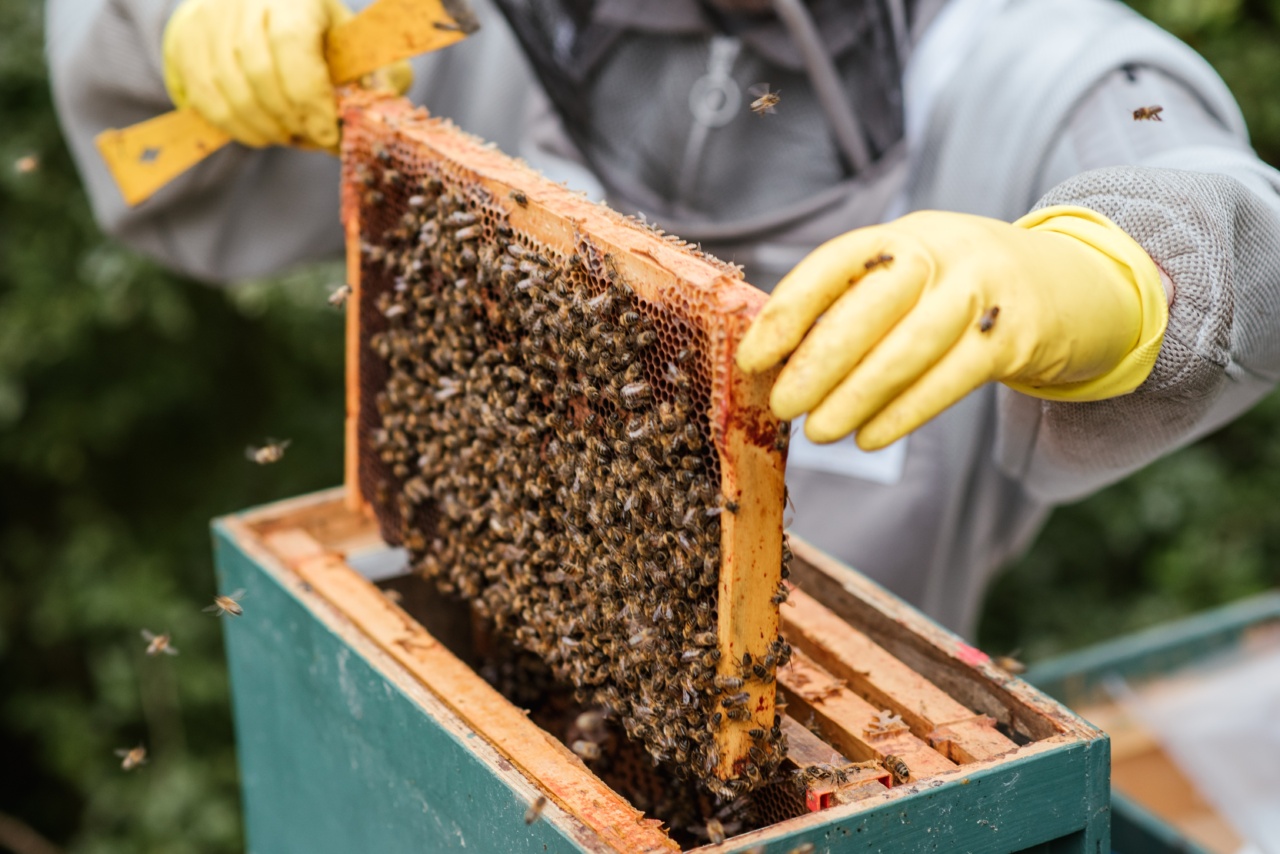Food additives are substances that are added to our food to enhance its flavor, color, texture, and to extend its shelf life. They can be natural or artificial.
Examples of food additives include preservatives, sweeteners, flavorings, colorings, emulsifiers, and thickeners. Food additives have been used for centuries to improve the quality of food. However, lately, there have been concerns about the safety of these additives.
Why are food additives used?
Food additives are used for many reasons, including:.
- To preserve the freshness of food
- To improve the texture of food
- To enhance the flavor of food
- To give color to food
- To add nutrients to food
- To improve the appearance of food
- To prevent the growth of bacteria and other harmful microorganisms in food
Types of food additives
There are many types of food additives, including:.
- Preservatives (to prevent spoilage)
- Emulsifiers (to keep ingredients mixed together)
- Thickeners (to add texture to food)
- Sweeteners (to add sweetness to food)
- Colorings (to add color to food)
- Flavorings (to add flavor to food)
Is there danger lurking in our food additives?
The safety of food additives has been the subject of much debate over the years. Some food additives have been linked to health problems, while others have been deemed safe by regulatory bodies such as the FDA.
Health risks associated with food additives
There are several health risks associated with food additives:.
- Food intolerance or allergy
- Cancer
- Obesity
- Heart disease
- Behavioral problems in children
Food intolerance or allergy
Food additives such as preservatives, flavorings, and colorings have been linked to food intolerance and allergies.
Some people may experience symptoms such as hives, swelling of the lips or tongue, or difficulty breathing after consuming food containing these additives. Food intolerance can also cause symptoms such as bloating, nausea, and diarrhea.
Cancer
Some food additives such as nitrite and nitrate have been linked to an increased risk of cancer. Nitrites are commonly used in cured meats such as bacon and ham to prevent the growth of bacteria.
However, when nitrites are heated in the presence of protein (such as in the cooking of bacon), they can form nitrosamines, which are known to cause cancer in animals. Nitrate is commonly found in vegetables such as spinach and lettuce and can also form nitrosamines when heated.
Obesity
Sweeteners such as high fructose corn syrup have been linked to the obesity epidemic.
Studies have shown that the consumption of high fructose corn syrup leads to an increase in appetite and a decrease in the feeling of fullness, which can lead to overeating and weight gain.
Heart disease
Trans fats, which are commonly found in processed foods, have been linked to an increased risk of heart disease.
Trans fats raise LDL cholesterol levels (the “bad” cholesterol) while lowering HDL cholesterol levels (the “good” cholesterol). This imbalance can lead to clogged arteries and an increased risk of heart disease.
Behavioral problems in children
Food additives such as artificial colors and flavors have been linked to behavioral problems in children. Studies have shown that these additives can cause hyperactivity, aggression, and attention deficit disorder (ADD) in children.
Regulations on food additives
The use of food additives is regulated by government bodies such as the FDA. The FDA reviews the safety of food additives before they are approved for use in food.
Food additives that are deemed safe are given a “Generally Recognized as Safe” (GRAS) status and are allowed to be used in food.
Conclusion
While food additives have been used for centuries to improve the quality of food, there are concerns about their safety. Some food additives have been linked to health problems such as cancer, obesity, and heart disease.
The use of food additives is regulated by government bodies such as the FDA, but there is still much debate over their safety. It is important for consumers to be aware of the food additives in their food and to make informed decisions about what they eat.
























